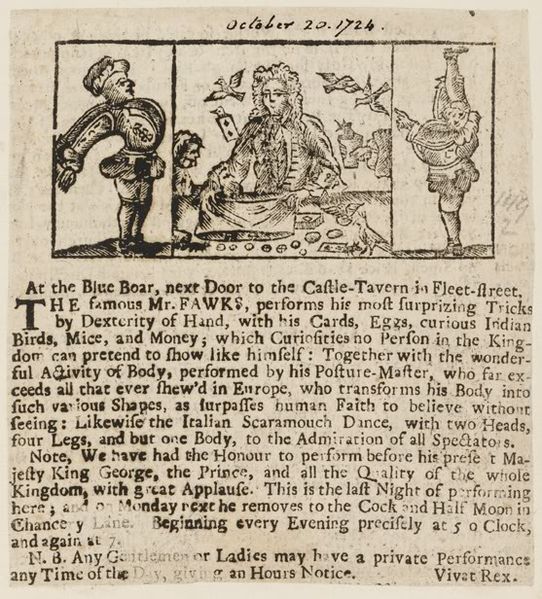In theatrical magic, misdirection is a form of deception in which the performer draws audience attention to one thing to distract it from another. Managing audience attention is the aim of all theater, and the foremost requirement of all magic acts. Whether the magic is of a "pocket trick" variety or a large stage production, misdirection is the central secret. The term describes either the effect or the sleight of hand or patter that creates it.
In Bosch's painting The Conjurer, the figure on the left steals an item from an audience member who is intently watching the performance of a magic trick
Magic, which encompasses the subgenres of illusion, stage magic, and close-up magic, among others, is a performing art in which audiences are entertained by tricks, effects, or illusions of seemingly impossible feats, using natural means. It is to be distinguished from paranormal magic which are effects claimed to be created through supernatural means. It is one of the oldest performing arts in the world.
The Conjurer, 1475–1480, by Hieronymus Bosch or his workshop. Notice how the man in the back row steals another man's purse while applying misdirection by looking at the sky.
An illustration from Reginald Scot's The Discoverie of Witchcraft (1584), one of the earliest books on magic tricks, explaining how the "Decollation of John Baptist" decapitation illusion may be performed
Advertisement for Isaac Fawkes' show from 1724 in which he boasts of the success of his performances for the King and Prince George
Jean Eugène Robert-Houdin, pioneer of modern magic entertainment




